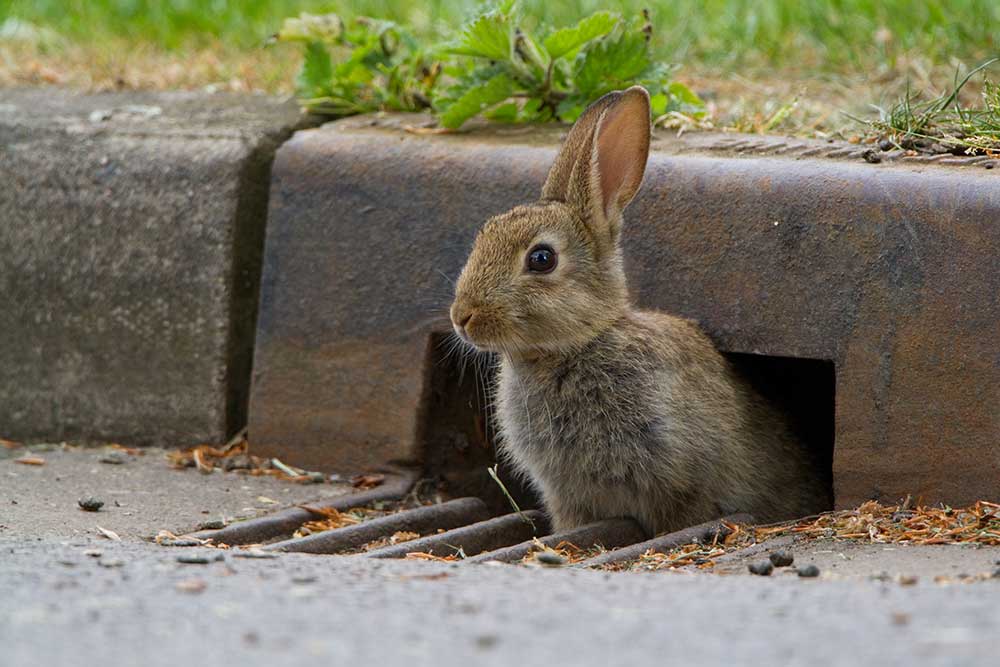FAQs

More frequently asked questions
When should I survey?
The best time of year to survey is in the summer, through July, August and September. This is when wildlife and people are particularly on the move – young animals are moving away from where they were born and humans are heading to holiday destinations. But records throughout the year are an important source of information and the survey can be done at any time.
How long should my journey be?
Journeys can be any length, but those over 20 miles are better as these are likely to have at least one record of a mammal.
Can I record the same route more than once?
Yes! To avoid double-counting casualties, journeys along the same route less than fourteen days apart, aren’t used to estimate changes in counts between years, but the information is useful in other ways. It’s important to record all the mammals you see, even if you think you’ve recorded them on a previous journeys.
How many animals are killed on roads?
Estimating numbers across the whole country is difficult, but we can make good guesses for some species. The Deer Initiative estimate that up to 74,000 deer are involved in traffic accidents each year in the UK and work by PTES suggests around 150,000 hedgehogs are killed annually on roads. For hedgehogs, this could be a reason in part for their decline.
How are the data used?
Counts for each species are divided by the distance driven, to get a figure per mile, and reflect the size of the population in the wider landscape. Fewer road casualties indicate fewer animals, and long-term changes in counts are used to detect declines and to alert us to a possible crisis.
What’s being done to reduce hedgehog road casualties?
It’s likely that road mortality is, in part, contributing to the fall in hedgehog numbers – but even this is uncertain. The problem is that we only have ‘best guess’ estimates for the numbers killed and the total population size. We think around 50,000 – 100,000 hedgehogs are killed annually on roads, out of a population of about 600,000, but the figures are very uncertain. If it’s about a quarter of the total each year, then road casualties are likely to impact on the population and reducing that number could help conserve hedgehogs.
Culverts, under- and overpasses, and green bridges have been tried for other species as ways to get animals safely across roads, but they’re largely untested and there’s little evidence that they benefit hedgehogs. While amphibians, such as toads, breed in a local pond and use the same crossing point to reach it, hedgehogs cross anywhere, reducing the effectiveness of a particular culvert or underpass at any one point. Fencing along a length of road, preventing hedgehogs moving on to the road, makes a barrier that fragments the habitat and is itself a bad thing for populations.
It’s known that hedgehog casualties are most frequent around urban fringes and near particular habitats (such as amenity grasslands). Raising awareness of this among motorists is one way forward and PTES has been part of work to develop wildlife road signs.
Get in touch if you have any questions about our survey by emailing mor@ptes.org or call us on 020 7498 4533.
